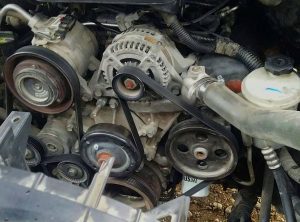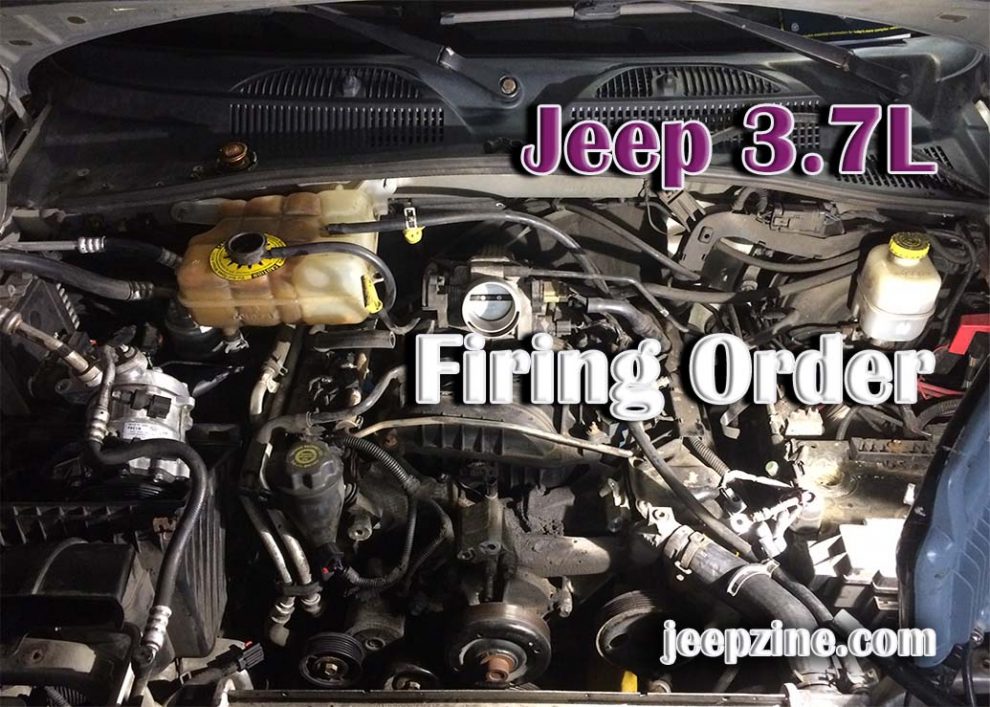What Is a Firing Order?
It’s no secret that the heart of any car is the engine. That’s what makes vehicles, no matter how big or small, move. Arguably, the engine is the most complicated and the most expensive part of any vehicle out there. This applies to sedans, trucks, SUVs, and crossovers. And one of the most important things in a car’s engine is, of course, its firing order. What is a firing order, you ask? Why does it matter?
Well, not to overwhelm you with engineering and technical terms, the firing order of a motor is the sequence in which each cylinder gets a spark from the spark plug wires. Now, a cylinder is a chamber/power unit that allows for fuel combustion and the generation of energy. And since the cylinders fire in a particular order, the gas (or, rather, the gas-air mixture) ignites in a pre-set order as well.
Otherwise, without a firing order, the engine will get seriously damaged or even rendered broken and out of service. That’s exactly why the firing order matters!

Fortunately, the 3.7 Jeep firing order won’t allow that. It’s there to ensure every single cylinder fires at a specific time for smooth operation. Think of it as the engine’s safety protocol. For multi-cylinder engines, strict and coordinated firing order is a must. Technically, it’s not an easy thing to accomplish, but it’s a necessary one.
Unique Firing Orders for Different Engines
A firing order in a modern-day engine is a safety measure, but that’s not the only thing it’s good for. On top of keeping the expensive motor safe, the firing order also reduces vibration, makes everything run smoother, and makes long commutes over rough terrain much more comfortable. This is true both for the driver and the passengers.
And please do remember that engines manufactured by different companies come with their own, unique firing orders. In addition, each engine variation has its own, very specific firing order. That means the Jeep 3.7 EGK firing order is unique and different from other popular motors like Dodge 3.6 V6, Chevy 350 V8, or Ford 5.4 Triton V8.
What Is the Jeep 3.7 Firing Order?
As mentioned, the Jeep 3.7L engine was developed by Chrysler. The manufacturer produced lots of these engines from 2002 to 2012, perfecting the original formula for its best-selling line-up of big, strong vehicles. As for the firing order, it goes like this: 1 – 6 – 5 – 4 – 3 – 2.
It’s not that hard to figure out that cylinder number 1 always fires first, making way for the rest. Cylinder number 6 – the last one in the pack – comes next. It is then followed by cylinders number 5, number 4, and number 3. Finishing the cycle, we’ve got the second cylinder firing up and restarting the whole thing.
Final Words
It’s very hard to overestimate the importance of firing orders, and this applies to all the engines and cars on the market, both old and new. Each manufacturer has its own specific firing order that works best for their particular engines. The firing order differs depending on the brand and the type/variation of the engine.
Regardless of the manufacturer, the vehicle, or the engine, the purpose of a firing order is to extend the lifespan of the motor, keep vibrations to a minimum, and ensure a smooth, comfortable ride quality. Without it, the engine will overheat before long, forcing you to pay big bucks for a repair or even a complete replacement.





Add Comment